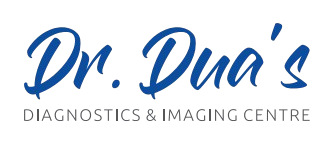Mammography is a medical imaging technique that uses X-rays to create images of the breast to detect breast cancer and other breast diseases.
- How it works
During a mammogram, a patient’s breast is compressed and an X-ray machine takes a picture of the breast. The image is called a mammogram.
- What it detects
Mammograms can detect breast cancer in its earliest stages, when it’s too small to feel or detect by other methods. They can also detect benign tumors and cysts.
- Types of mammograms
There are two types of mammograms:
-
- Screening mammograms: Used to check for breast cancer in women who have no signs or symptoms.
- Diagnostic mammograms: Used to check for breast cancer after a lump or other sign or symptom has been found.
- Benefits and risks
The benefits of mammography outweigh the risks of radiation exposure. The radiation dose is small, and technical advancements have improved the quality of the images while reducing the radiation dose.
All women above the age 40 years should undergo an annual screening X- ray mammography as per guidelines of ACR (American College of Radiology) since Breast cancer is the most common cancer in women worldwide.
- What happens after a mammogram
A radiologist examines the mammogram and provides a report to your health care provider. If the mammogram raises a significant suspicion of cancer, a tissue can be taken from the suspicious area (also known as a biopsy).
We are proud to be the 1 st Diagnostic Centre in the Tricity equipped with a State-of-the-Art Japanese Digital Mammography machine made by FUJIFILM. It features include –
- Full Field Digital Images which provide a drastic improvement in resolution as compared to Analogue Mammography machines.
- Soft gentle design with chest padding & arm-pit padding for a virtually painless experience.
- Automatic scanning system with intelligent AEC (i- AEC) for reduced X- ray dose.
- Computer Aided Diagnosis (CAD) with Artificial Intelligence (AI) algorithms.
